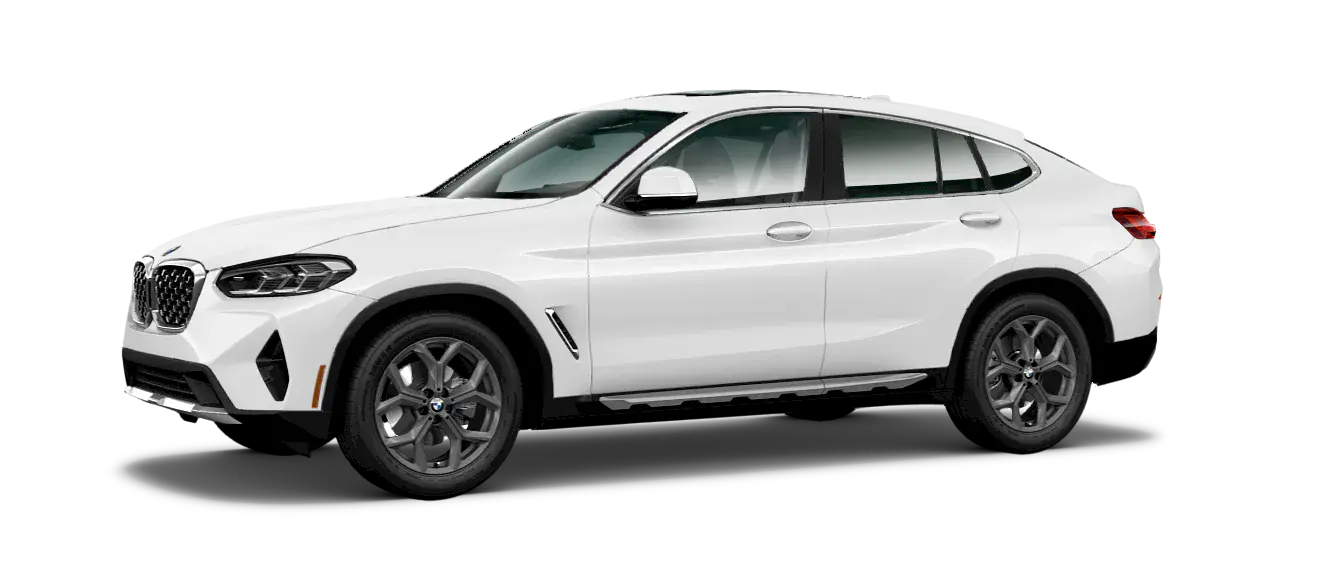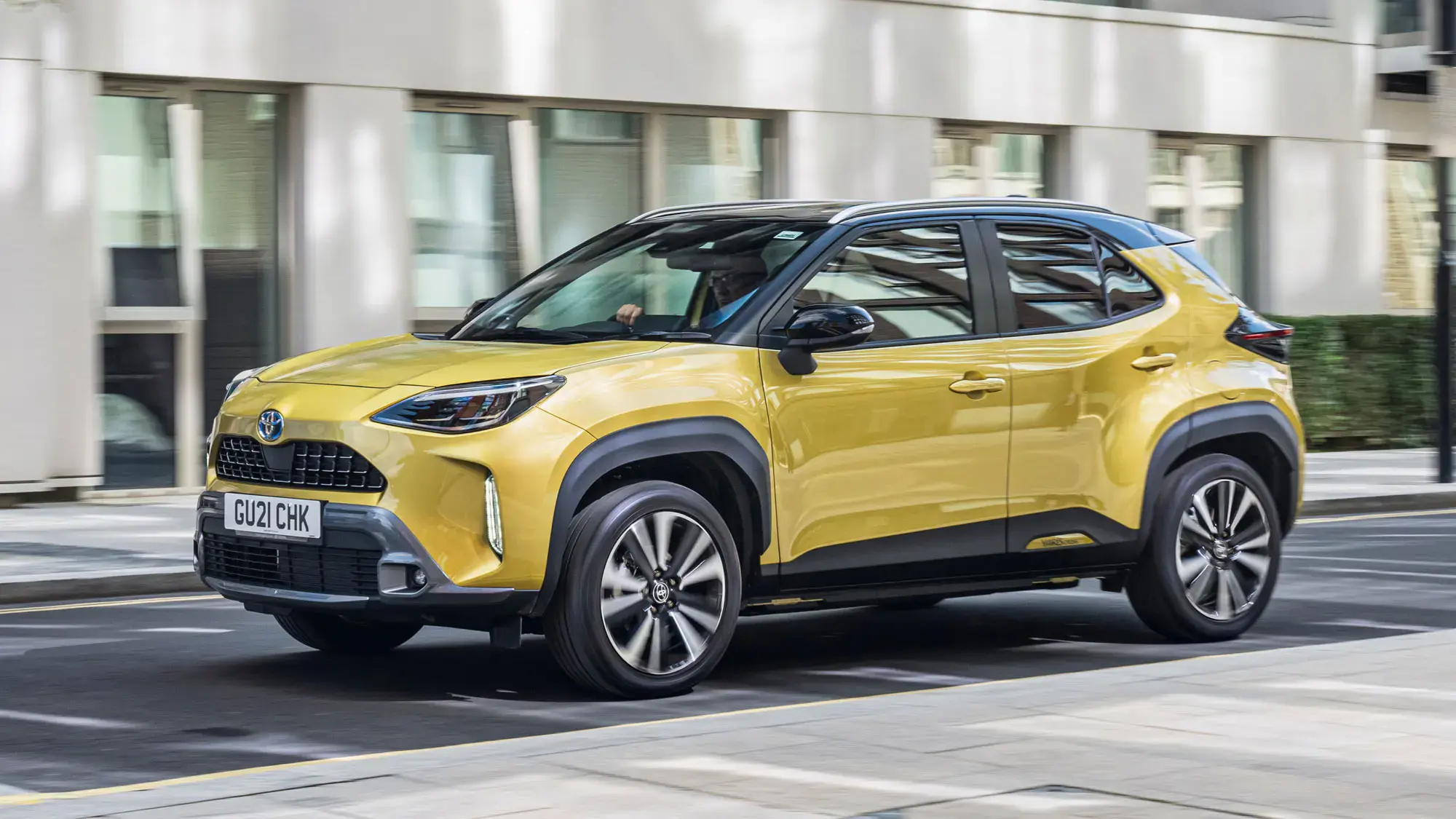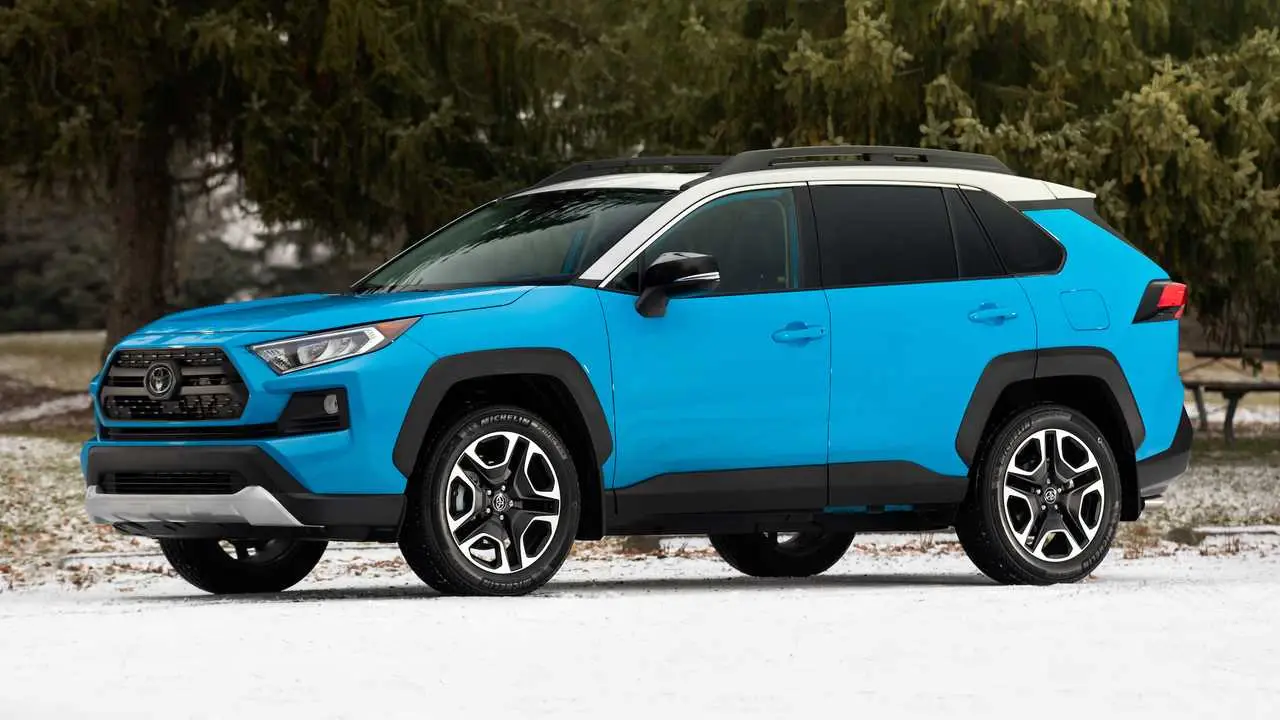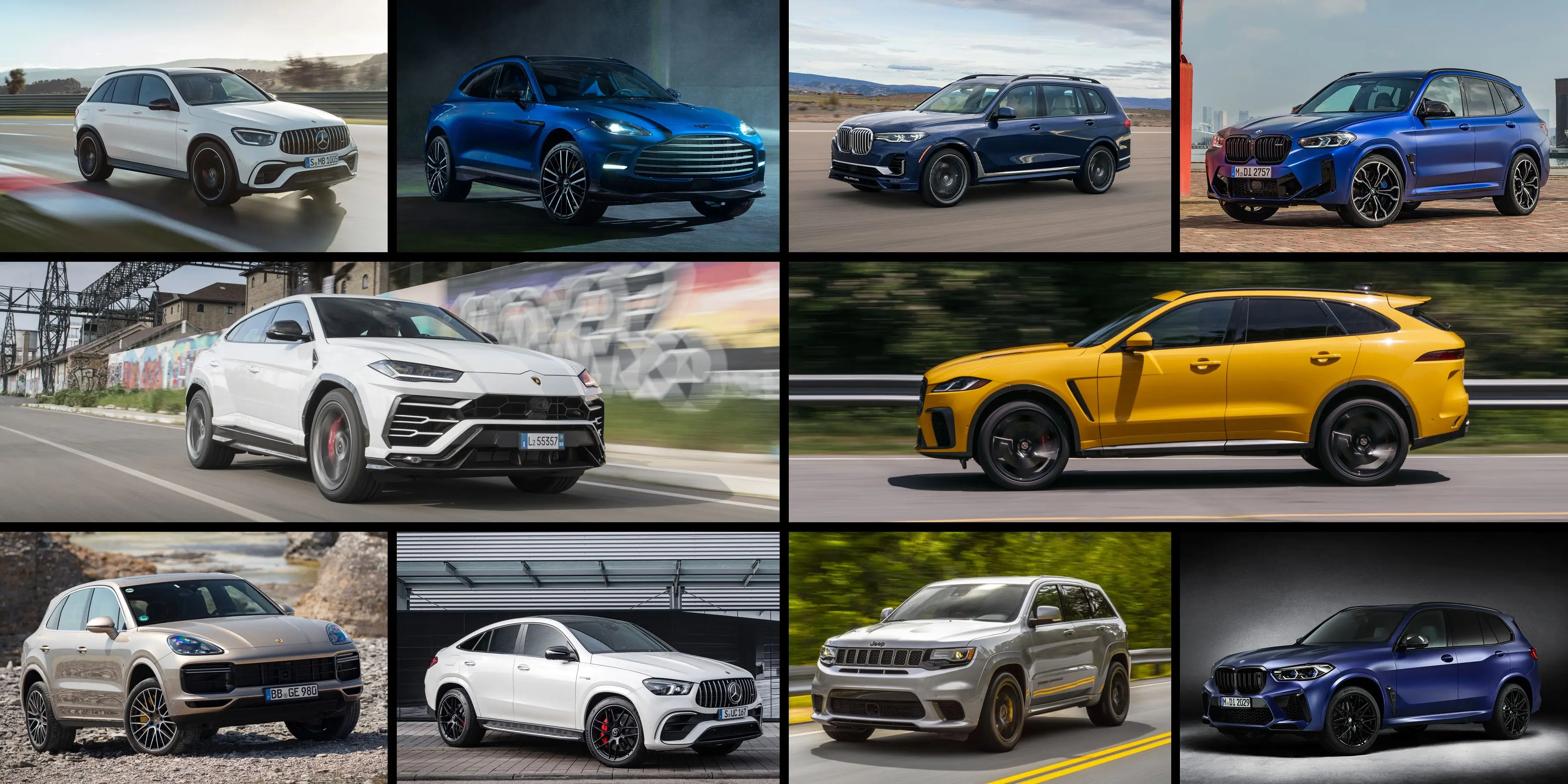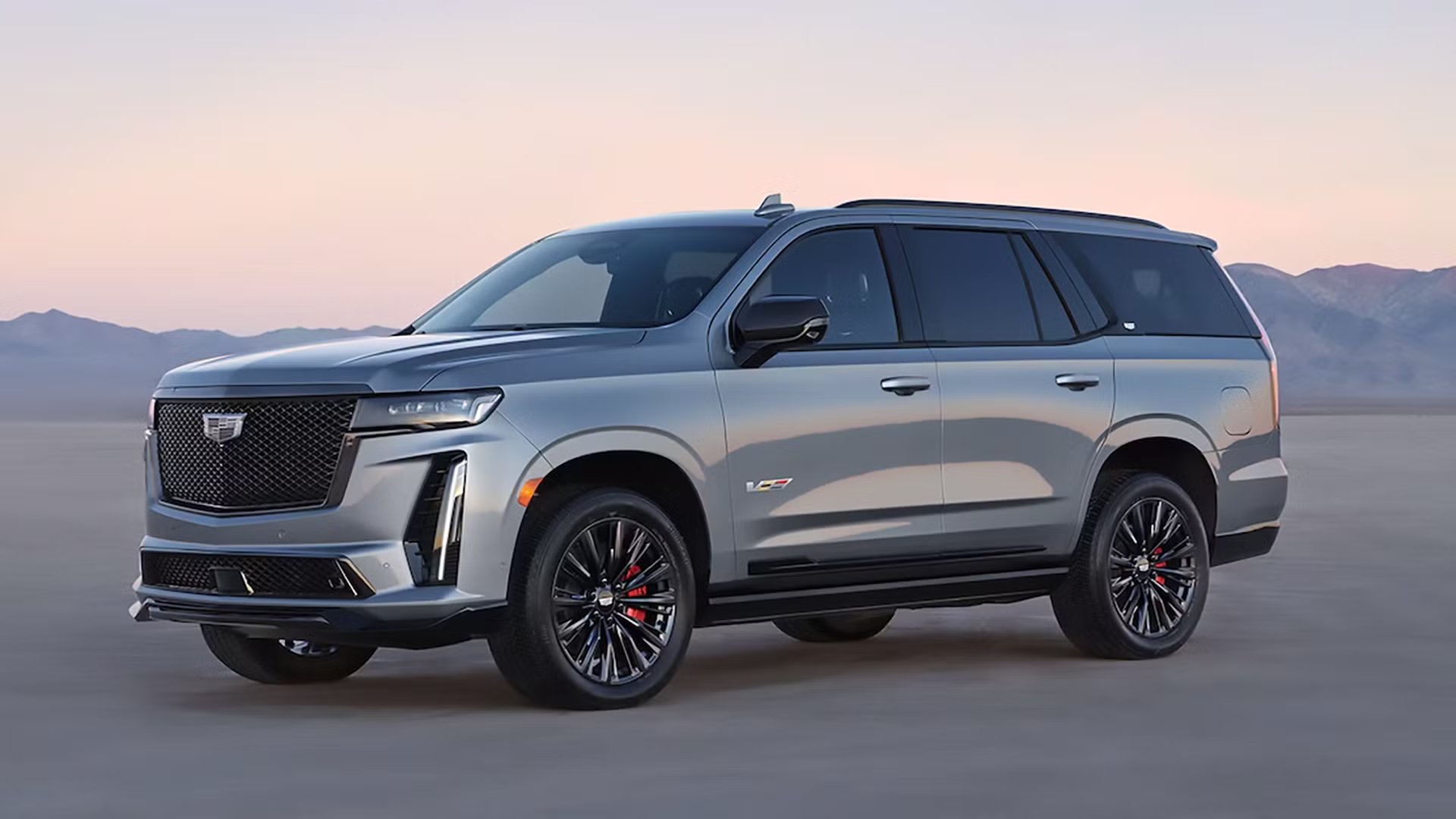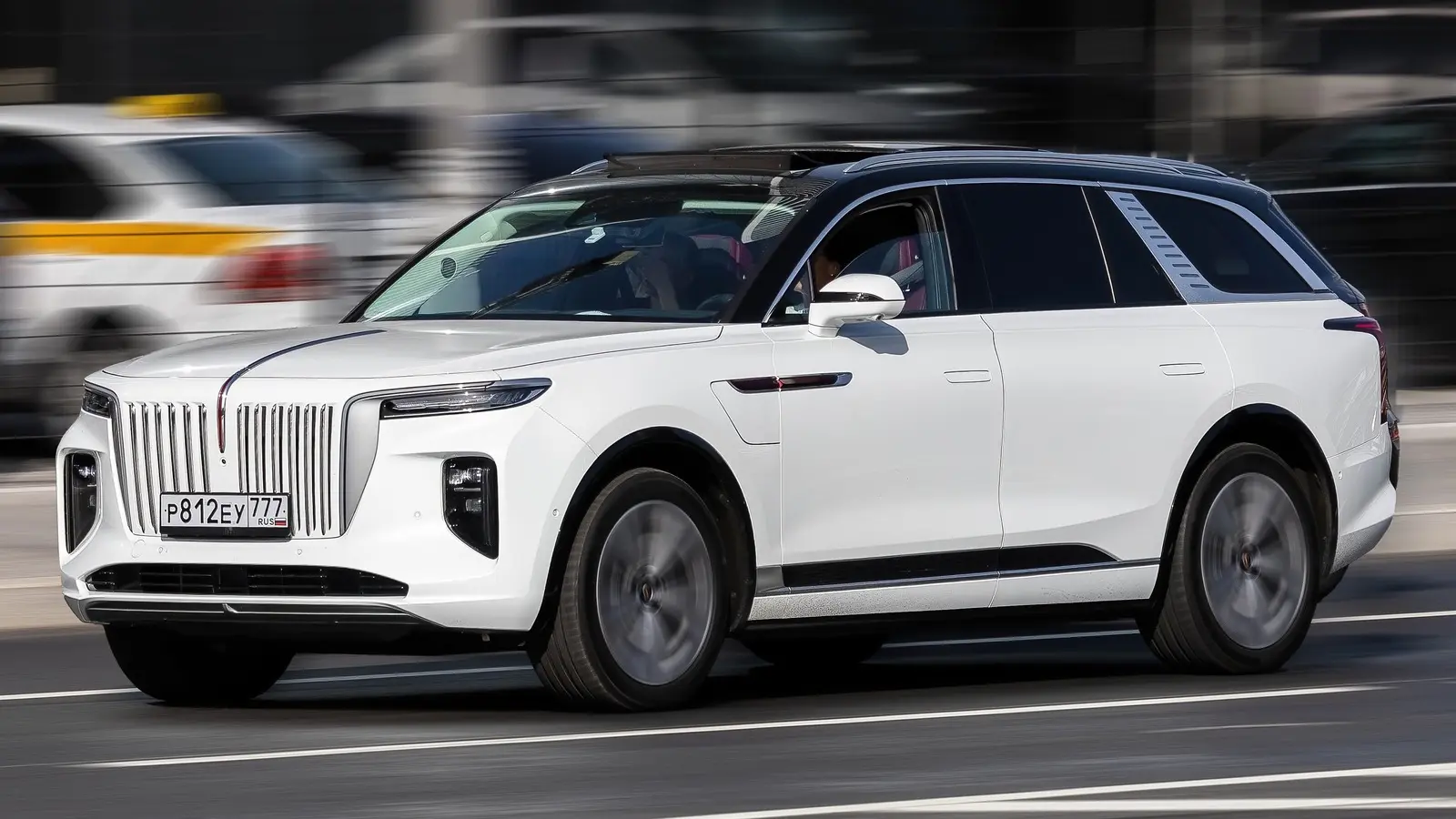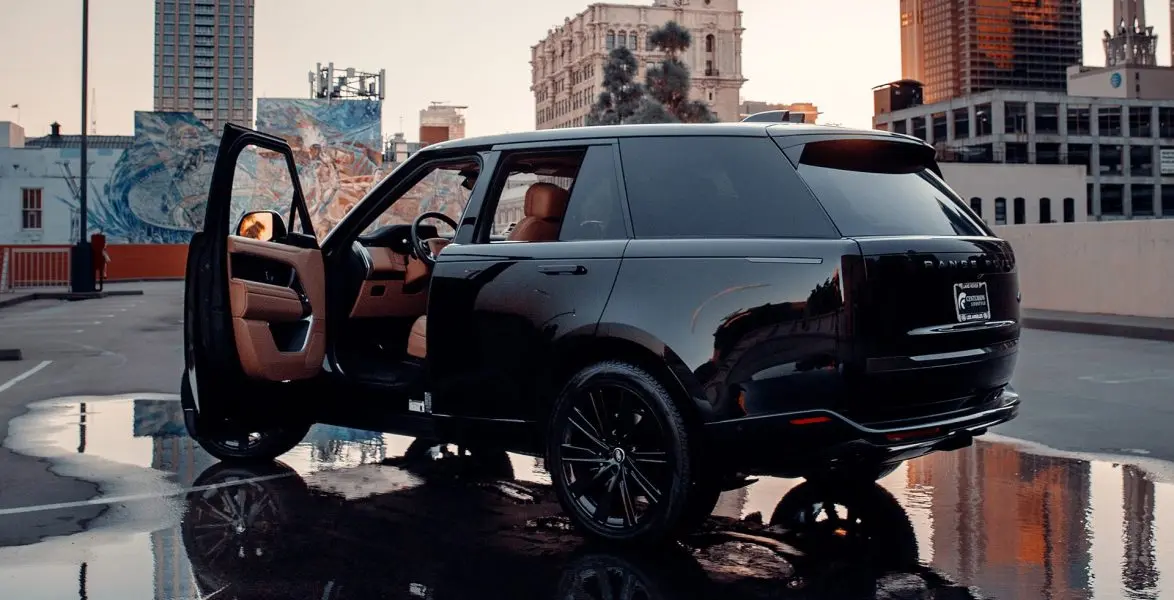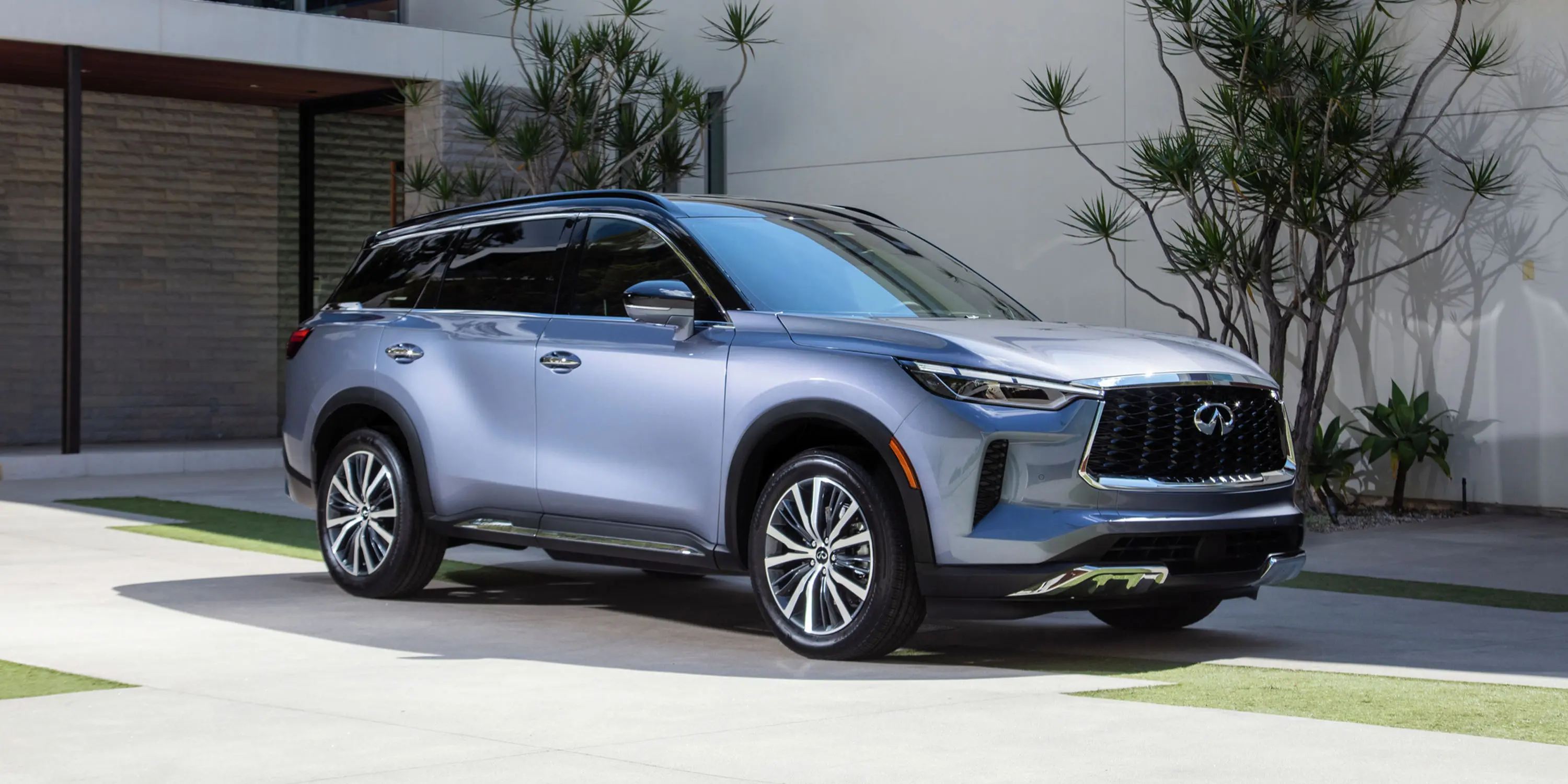
The automotive landscape is evolving rapidly, and one of the most significant changes in recent years has been the rise of **crossover SUVs**. These vehicles blend the characteristics of cars and traditional SUVs, offering a unique combination of comfort, versatility, and efficiency. As a result, **crossover SUVs** are changing the way we drive, influencing everything from consumer preferences to urban planning. In this article, we will explore the factors driving this transformation and what it means for the future of driving.
The Popularity Surge of Crossover SUVs
One of the main reasons **crossover SUVs** have gained immense popularity is their ability to cater to a wide range of drivers. Whether you're a family in need of extra space, a commuter looking for efficiency, or an adventurer seeking off-road capability, **crossover SUVs** can meet diverse needs. According to recent industry reports, sales of **crossover SUVs** have skyrocketed, accounting for over 40% of the total automotive market in 2023.
Furthermore, the appeal of **crossover SUVs** is not limited to their size and versatility. Many of these vehicles are designed with modern aesthetics, featuring sleek lines and contemporary interiors. This shift in design has attracted younger buyers who value style and functionality, thereby reshaping the demographics of vehicle ownership.
Enhanced Driving Experience
The driving experience offered by **crossover SUVs** is another factor contributing to their popularity. These vehicles typically come equipped with advanced technology, such as driver assistance systems, infotainment features, and connectivity options. As a result, drivers enjoy a more comfortable and safe experience on the road.
For example, many **crossover SUVs** now come with adaptive cruise control, lane-keeping assist, and automatic emergency braking, which enhance safety. Additionally, the spacious interiors allow for a more relaxed and enjoyable ride, making them ideal for both short city trips and long road journeys.
Fuel Efficiency and Eco-Friendly Options
In an era where environmental concerns are at the forefront, **crossover SUVs** are adapting to meet consumer demand for fuel-efficient and eco-friendly vehicles. Many manufacturers are introducing hybrid and electric versions of their **crossover SUVs**, reducing emissions and fuel consumption without compromising performance.
For instance, the introduction of plug-in hybrid models allows drivers to enjoy the benefits of electric driving for short commutes while retaining the versatility of a gasoline engine for longer trips. This shift towards greener options is not only appealing to eco-conscious consumers but also aligns with global efforts to reduce greenhouse gas emissions.
Impact on Urban Planning and Infrastructure
The rise of **crossover SUVs** is also influencing urban planning and infrastructure development. As these vehicles become more prevalent on the roads, cities are adapting to accommodate their size and characteristics. Wider roads, larger parking spaces, and designated lanes for **crossover SUVs** are becoming common in urban areas.
Moreover, the growing popularity of **crossover SUVs** has led to an increase in demand for charging stations, especially for electric and hybrid models. Urban planners are recognizing the need to integrate charging infrastructure into city designs to ensure that these vehicles can thrive in urban environments.
Changing Consumer Preferences
The shift towards **crossover SUVs** reflects broader changes in consumer preferences. Today's drivers are looking for vehicles that offer more than just transportation; they want a lifestyle choice that aligns with their values and needs. **Crossover SUVs** provide the perfect blend of style, functionality, and technology, making them an attractive option for many.
In addition to practicality, consumers are increasingly valuing the experience associated with owning a vehicle. The sense of adventure, the ability to transport friends and family, and the convenience of extra cargo space are all appealing aspects of **crossover SUVs**. As a result, manufacturers are focusing on creating vehicles that not only perform well but also enhance the overall driving experience.
Future Trends in Crossover SUVs
As we look to the future, the evolution of **crossover SUVs** shows no signs of slowing down. With advancements in technology, sustainability, and design, **crossover SUVs** will continue to be at the forefront of the automotive industry. Manufacturers are investing in research and development to create smarter, safer, and more efficient vehicles that cater to the changing needs of consumers.
Additionally, the integration of autonomous driving technology is on the horizon. Many experts predict that **crossover SUVs** will lead the way in this area, thanks to their popularity and the demand for enhanced safety features. The combination of autonomous driving technology and the versatility of **crossover SUVs** could redefine the concept of personal transportation.
Conclusion
In summary, **crossover SUVs** are changing the way we drive by offering an appealing blend of comfort, efficiency, and versatility. As their popularity continues to rise, they are influencing consumer preferences, urban infrastructure, and even the future of automotive technology. With ongoing advancements and a focus on sustainability, **crossover SUVs** are poised to remain a dominant force in the automotive landscape for years to come.

